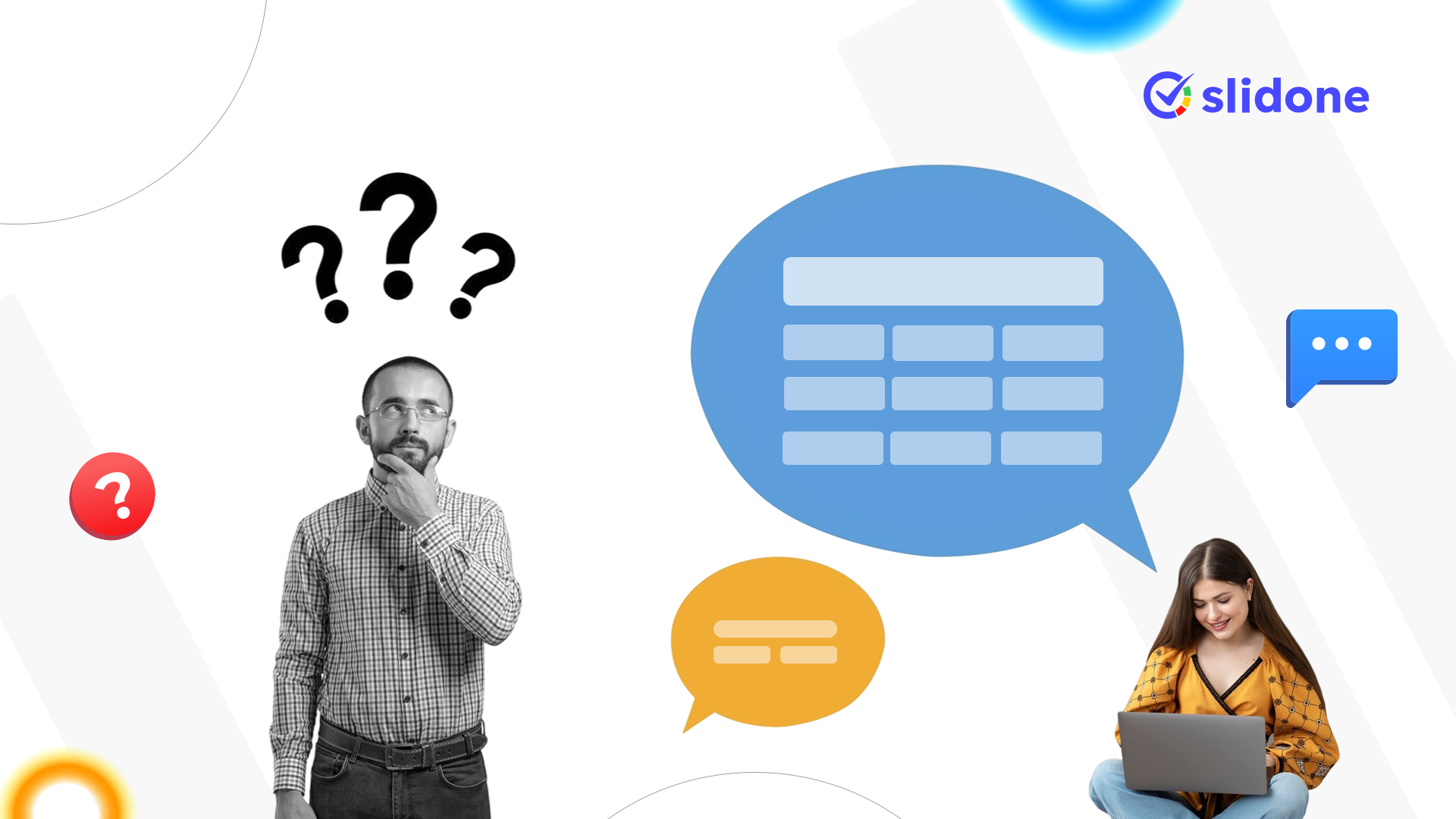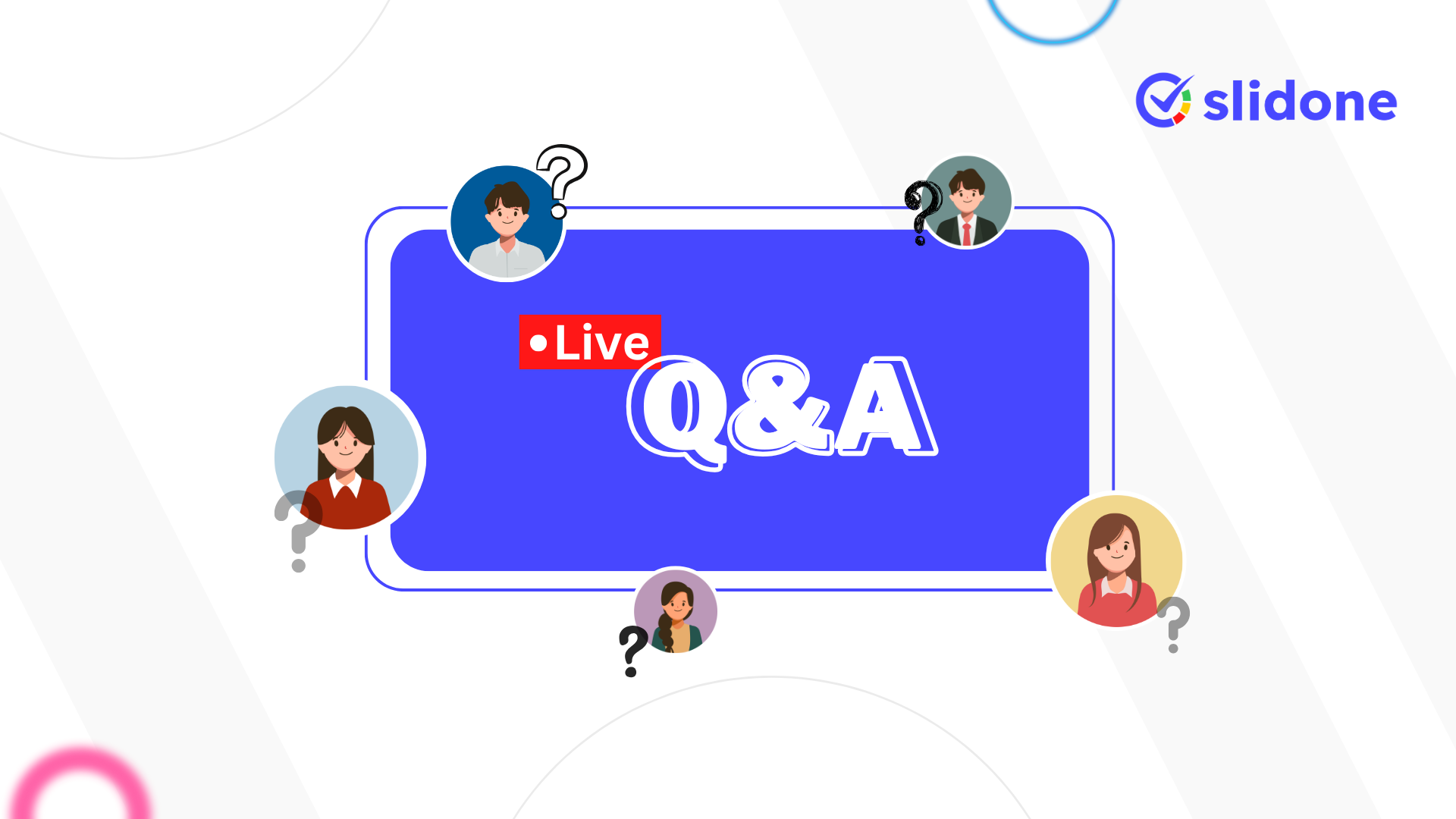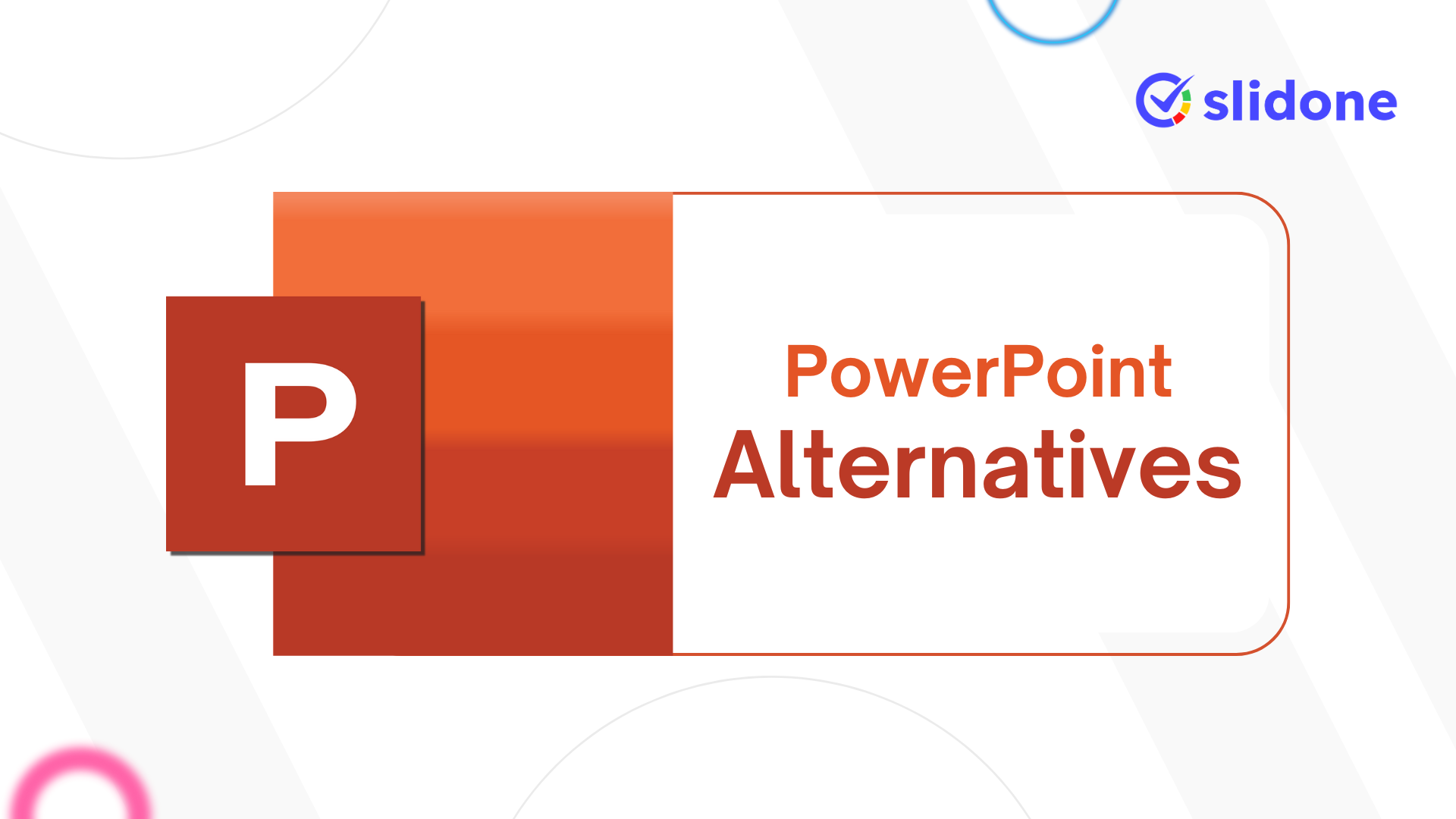Presentations are no longer about talking to people—they’re about engaging with them. Interactive presentations convert the otherwise passive listener into an active participant in the presentation and, therefore, make it more dynamic and memorable. Whether in the classroom, business meeting, or virtual event, interactivity can break the otherwise stodgy monotony, foster engagement, and facilitate better retention of information.
This blog looks at practical techniques that might just change the way your presentations go, whether you are doing it on a whiteboard, in PowerPoint, or on a website with attendees. In polls and quizzes, to live Q&A, we will see how the interactive elements can get participants into collaboration, help boost their participation, and make the learning process a whole lot more fun. In addition, if applying these tactics can be made easy by using interactive presentation softwares, you can rest assured that active engagement goes hand-in-hand with delivering value.
Let’s look into these 10 effective ways to spice up your presentations!
1. With an Icebreaker
Ice breakers are one of the best ways to get into a friendly, open atmosphere right from the very first day of work. These lighthearted activities can break initial awkwardness and move into an easy-going atmosphere in any kind of classroom, corporate meeting, or virtual event. Use creative prompts like, “If you could travel anywhere right now, where would it be?” or “What’s your go-to comfort food?” to engage with your audience and get some great conversations started.
For example, ask in the classroom, “What’s something really cool about you?” That makes students feel connected to their peer group and sets a good tone for learning.
Use quick polls in virtual meetings, such as “What’s your ideal remote workspace?” It makes the attendees feel seen, breaks down the digital wall, and brings a little bit of playfulness into the mix.
To get it right, keep icebreakers short, simple, and relevant to the interest of your audience. Even 2-3 minutes of activity can evoke rapport and stimulate lively participation all through the session.
2. Live Polls
Live polls not only measure audience knowledge but are also handy in determining interests, encouraging discussion, and even guiding the course of presentation. You can use polls to solicit feedback, to check for understanding of a concept, or for opinions on a debate topic. For example, in corporate training, you could ask, “What do you think are the biggest challenges in remote work?
This insight provides the opportunity to shape content and give attendees the impression that their opinions are important.
Live polls also really come to life in virtual events-they can’t be late in attending because live polls are engaging. As a method, you can ask, “Which feature would you like to see most?” during product launch or webinars. It can also pinpoint topics to dwell more on about real-time responses.
Be most effective by placing live polls within your slides seamlessly. Keep the questions a few in order not to deviate from topics you need to cover in your presentation. Then, use poll results as a foundation to smoothly segue into talking about the following topic or simply to make participants stay engaged with their computer and eyes on the screen.
3. Incorporating Real-Time Quizzes
Having real-time quizzes would make your presentation shine; participants would remain glued to the event from the start to finish. It can also be an opening warm-up quiz on the topic to become a quick recap or knowledge check. New concepts can also be presented in an interactive manner which would stimulate the curiosity and alertness of the audience before giving detailed explanations.
For instance, in a class setting, you can ask this for a quiz: “What is the most interesting thing you have learned so far?” It makes the student think but does not make the experience boring or tedious.
Varied formats of questions -for example, multiple choice, true/false, or image-based quizzes make the experience more interesting and enjoyable. Offering rewards in small virtual badges makes it more rewarding.
Pro Tip: Don’t forget to include bonus rounds for double points to maintain interest and the tension of competition in the air!
4. Word Clouds
An excellent dynamic to gather and share audience input in real-time: Word clouds enable participants to view the common responses-seeing popular ideas, trends or keywords. They can even start brainstorming sessions or use them as a wrap to discussions, giving people quick visual summary points about opinions.
For example, in a team-building workshop, ask your audience, “In one word, describe our team culture.” The resulting word cloud captures the feelings of the team, and chances are, it will stimulate more discussions.
Pro Tip: Combine word clouds with follow-up questions or discussions on the most common ones, and you will make your presentation more engaging and reflective of the thoughts of the audience.
5. Provide for Live Q&A Sessions
Multiple Q&A sessions within your presentation keep audiences engaged as well as explain complex points in real time. You address questions as they arise, which fits very naturally into an ongoing flow, and continue to keep people connected to the material.
For example, after any demonstration of the feature in a product demo, just stop for Q&A. The participants will be asked specific questions, and instant answers will give better understanding and more confidence in the product.
Pro Tip: Leverage tools that allow participants to ask questions anonymously or filter questions based on categories. This will help you manage questions in an effective way and create a more inclusive environment.
6. Incorporate Gamification Elements
It is not merely a competition; it’s about making learning and participation fun. Engaging elements consist of treasure hunts, scoreboards, or “spin the wheel” challenges. Mini-games are also present when participants gather points or progress from one level to another during interaction with the presentation.
Example: Using scenario-based challenges during a training session, where the participant earns points to solve real-life scenarios related to the topic. Make sure to display a leaderboard to create excitement and bring participants with others to participate.
Pro Tip: Using interactive elements such as awarding achievements or progress bars will ensure that people are motivated and engaged to continue with the learning experience.
7. Tell a Visual Story
Communicate data more effectively and in ways that people can easily remember by telling a visual story. Explain an idea process step-by-step using pictures, icons, or flowcharts. Break up long, awkward processes into short, engaging videos or animations. Rather than reporting facts and figures, tell a story about what the data indicates.
Example: When presenting a marketing campaign’s impact, use infographics to visualize metrics like conversion rates, click-through rates, and customer feedback. This approach helps your audience understand trends more effectively.
Pro Tip: Add visual elements like timelines or storyboards to represent sequences, making abstract concepts easier to follow.
8. Encourage Group Activities
Group activities encourage collaboration with other participants where participants can share ideas, learn from one another, and build teamwork skills. Include opportunities to use breakout rooms within your virtual sessions to promote smaller group discussions.
Include brainstorming, role-playing, or case study analysis activities. As groups share their ideas, you should encourage them to present in a creative manner, perhaps using charts, storyboards, or brief skits.
Example: Have teams of participants develop a fast marketing pitch for some new product in the virtual business workshop. Groups can then present their pitches in front of the other attendees of the course.
Pro Tip: Use timers to keep group activities on track, adding an element of urgency and fun.
9. Drag-and-drop Slides
Drag-and-drop slides are marvelous tools, making presentations more engaging since participants have to interactively work through the content. You can use drag-and-drop slides to design matching activities, sorting tasks, or categorization exercises.
For example, in product training, you will develop a drag-and-drop slide where the participants have to match features of the product with benefits.
Example: In a marketing strategy workshop, create a drag-and-drop activity and sort different marketing channels into stages of the customer journey.
Pro Tip: Include clues or tips to the right and wrong answers, which will educate and entertain you.
10. Countdown Timers for Activities
Execute countdown timers for many activities, which add to urgency as well as excitement. Use it for quizzes, brainstorming sessions, group activities, or even live polls. The timer will create a competition phenomenon since it urges participants to think fast and respond instantly.
Example: In a team-building workshop, time with a 5-minute timer assigned to brainstorm as many ideas as possible for a new feature of a product. The short term binds people not to overthink things and they may get on track.
Pro Tip: Vary your timer with the nature of activity. The more straightforward the activity, the more a shorter timer will do the trick. A longer timer, of course, for deeper thinking.
The Role of Interactive Presentation Software
Real-Time Interaction:
Apart from options for immediate response, many interactive presentation software allow real-time graphical output in the form of real-time graphs, dynamic word clouds, and the continually updated leaderboard. Since the engagement is real-time, the audience is obviously more alert and awake, and therefore, the presentation becomes less monotonous and more dynamic.
Easy customization:
These tools come with preloaded sets of customized themes or templates that allow presenters to choose according to their taste, the theme, font style, even multimedia elements based on the tone of a presentation. The drag-and-drop interfaces are available, and adding images, animations, or other interactive components will not require the technical expertise of a person.
Seamless participation:
With a feature of easy login through QR codes or links, the software made access easier and encompassing for all participants-both those in attendance in person and online, for they could participate with their smartphones, making it easier and more inclusive.
Interactivity:
This interactive software is easy to use in a variety of settings whether it is an educational session, business pitch, webinar, or workshop. The features of the tool can easily be manipulated to fit whatever context, so that presenters are able to ensure constant engagement and adaptability across all types of audiences.
Conclusion
Interactive presentations have revolutionized the way of communication in a classroom, meeting, and even virtual events. Add to that polls, quizzes, real-time responses, and people will be completely hooked. Remember that a presentation is not just how you pass content but a two-way communication process that keeps participants actively involved.
Use these 10 strategies to help you transform your presentation style, create fun and effective sessions, and keep your audience interested. It is by using this type of interactive presentation software that you gain all the tools you need to achieve the required result, thereby delivering dynamic content that really speaks to the listener.





Leave a Comment
Your email address will not be published. Required fields are marked *